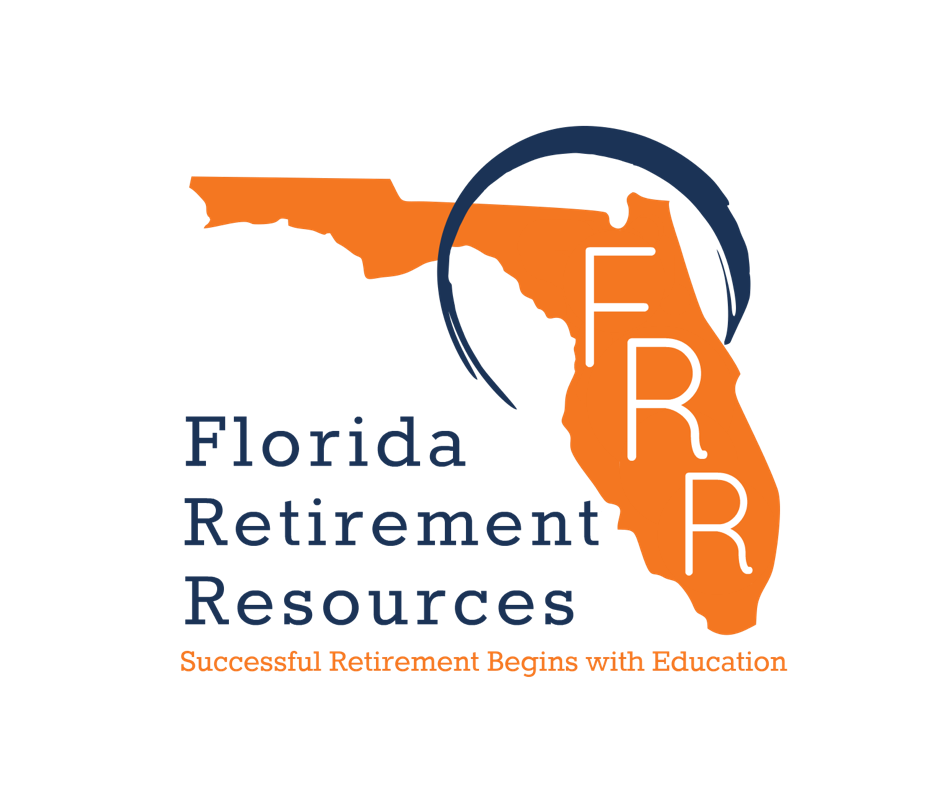July 1st of 2022 marked the beginning of a new benefit for FRS Investment Plan members. This is the...
How to Retire From the Investment Plan
So you are either on the investment plan and approaching retirement, or thinking about switching to the investment plan. The most common question we get asked by FRS members retiring on the investment plan is, what do I do when I decide to retire? The simple answer is, have a plan, and have a strategy. We will cover both parts today.
1. Have a plan: There are two parts two having a plan for using the investment plan in retirement. Part 1, is knowing the timeline for receiving benefits from the investment plan after retirement, and part 2, is how you plan to turn your balance into an income.
- Part 1: The timeline. You can't take all of your money out of the investment plan, or roll it over the day you retire. In fact it takes a few months overall. Members must wait 3 calendar months after the month in which they separate from service in order to be able to have access to 100% of their investment plan funds. For example, if you retire in the middle of January, then your 3 calendar month timer begins in February, and runs through March and April, and on May 1st you would be able to have access to your full balance. There is an exception though. If you have reached full retirement eligibility, for example 30 years of service or age 62 for regular risk class members, you can withdraw 10% of your balance after 1 calendar month, with the remaining 90% coming available still at the end of the original 3 calendar month window.
- Part 2: Have a plan for your investment plan. If you've decided to choose the investment plan as your retirement path when you separate from the FRS, you'll need to have a plan for what you would like to do with your balance when you retire. You can leave it in the FRS investment plan if you'd like, and take monthly withdrawals or whenever necessary for example, or you could roll over your balance to another retirement account if that suits your objective. Whatever your goal is, we recommend you have a plan put together before you decide to retire.
2. The strategy: How you turn your balance into an income will have the largest impact on how much income you will receive in retirement, and how much risk you will take. You will have many investment options to choose from. Mutual funds, annuities, and certificates of deposit are some of the most commonly known options, but there are literally thousands of investment options to choose from within those categories, and all different levels of risk vs. reward to choose from. Let's look at a few mutual fund examples below.
John, Richard, and William each have $600,000 in their investment plan accounts when they retire, and each chooses a different mutual fund portfolio based on their risk tolerance. As a result, they all are seeing different incomes.
John is the most conservative, and his mutual fund portfolio has a target annual rate of return of 5%. That means he can generate an average of $30,000 per year, ($2,500) per month from his portfolio without utilizing principal.
Richard is the less conservative than John, but is still not very aggressive, so his mutual fund portfolio has a target annual rate of return of 6.5%. That means he can generate an average of $39,000 per year, ($3,250) per month from his portfolio without utilizing principal.
William on the other hand has more experience with investing, and is more aggressive than both John and Richard, and his portfolio targets an average annual rate of return of 8%. This can generate an average of $48,000 per year, ($4,000) per month from his portfolio without utilizing principal.
As you can see, there is quite a large gap in income between the three, and this is only accounting for some hypothetical mutual fund options, not including other investment options or strategies the three could use. Developing a strategy is a big part of retirement planning from the investment plan, and if you aren't sure how you plan to invest your funds in retirement, you can schedule a meeting with one of our representatives by using the link at the top of the page and we will be happy to help you develop a retirement plan and strategy based on your goals and objectives.




